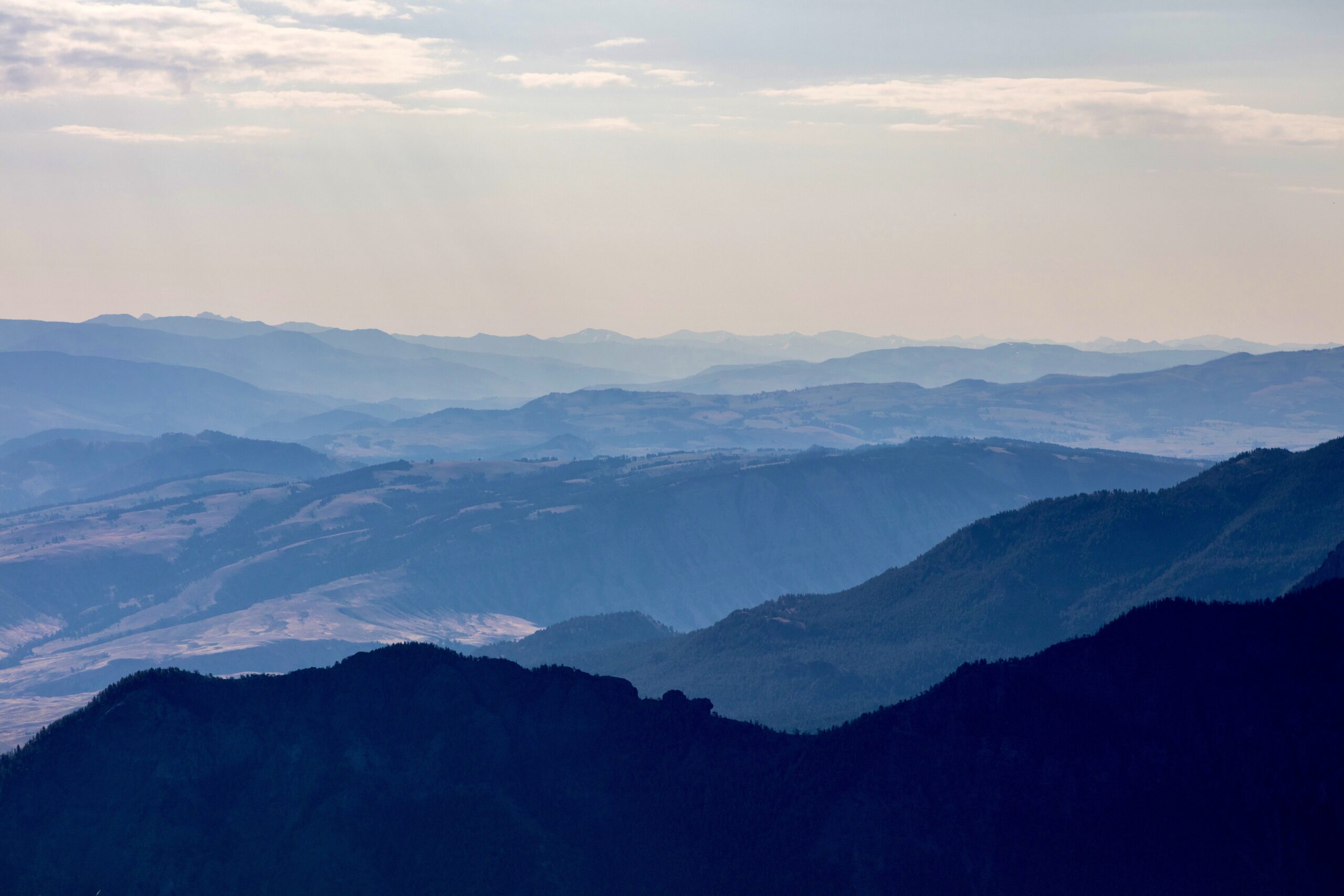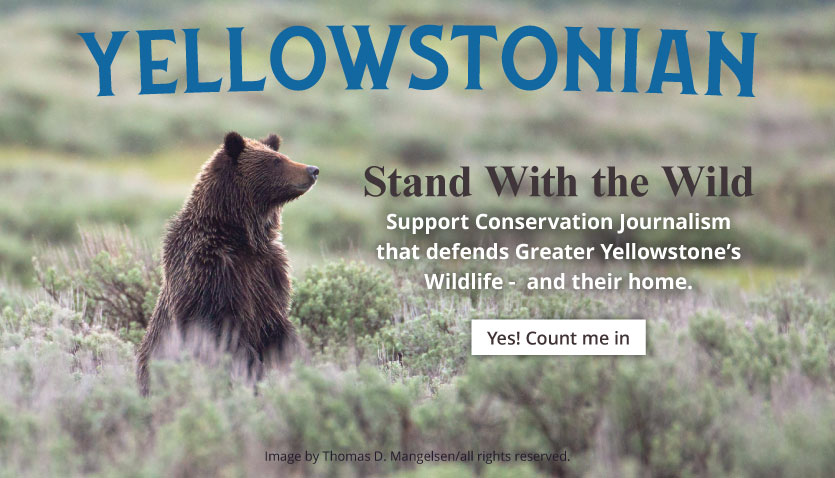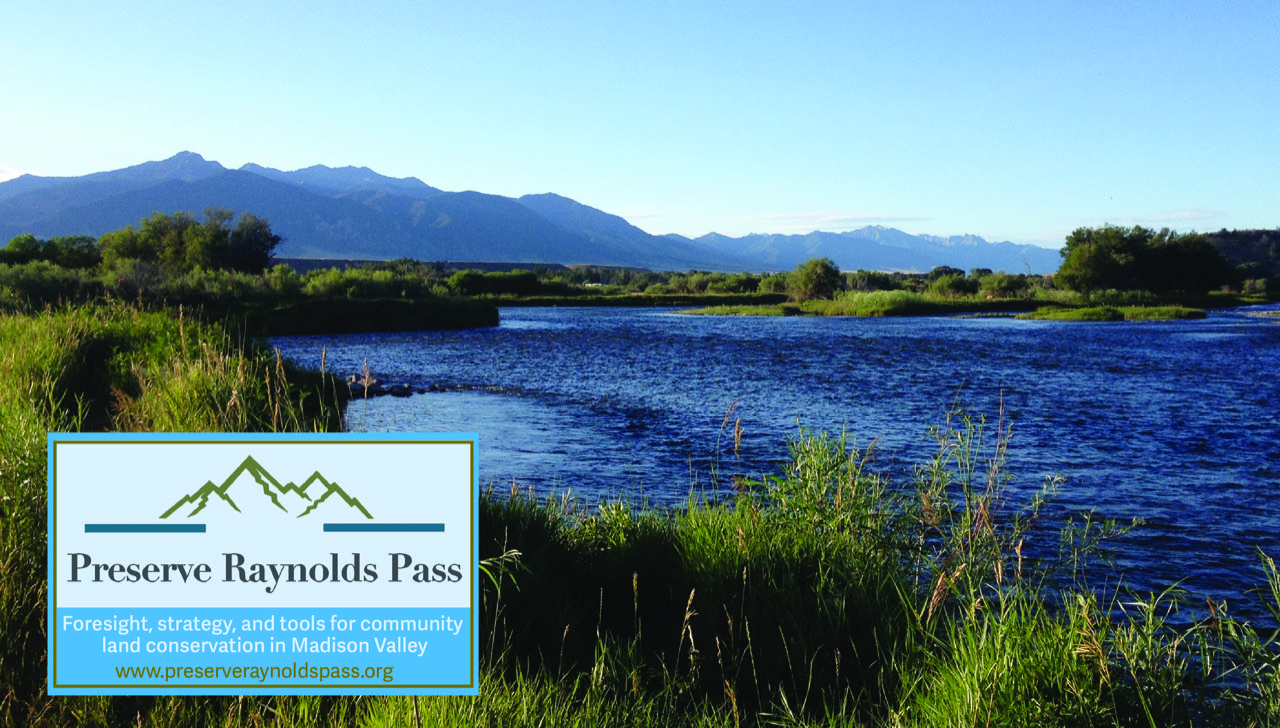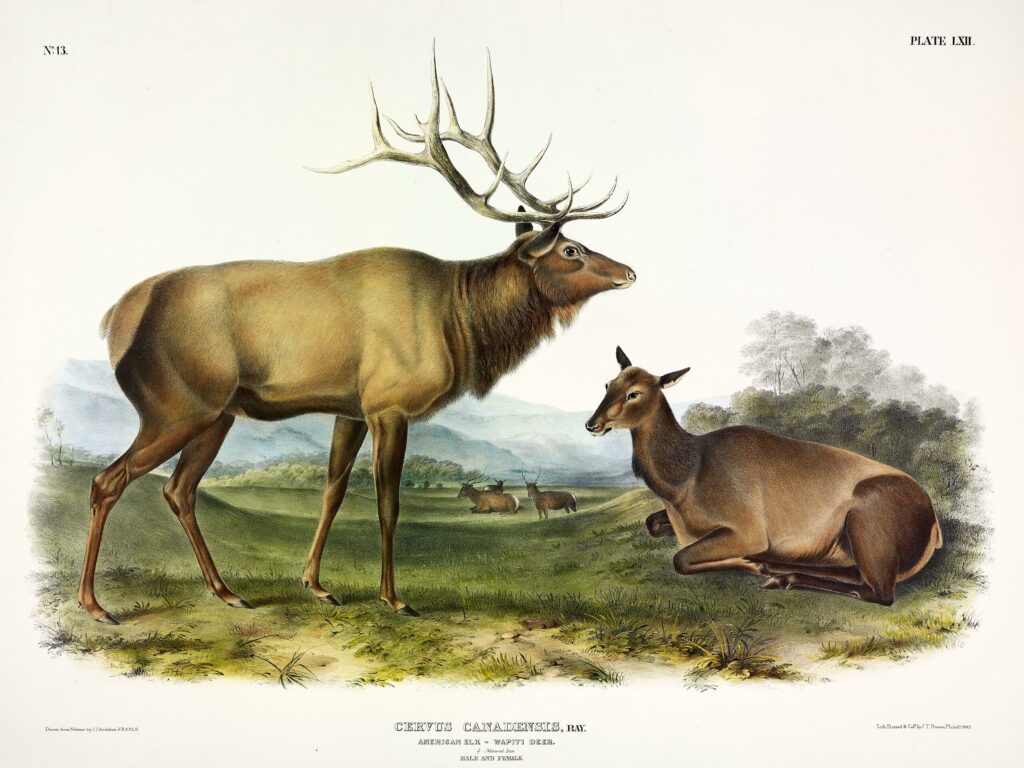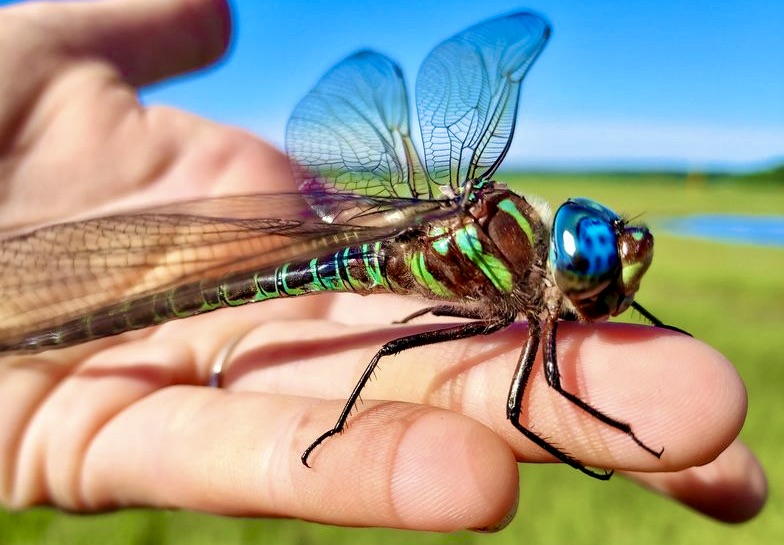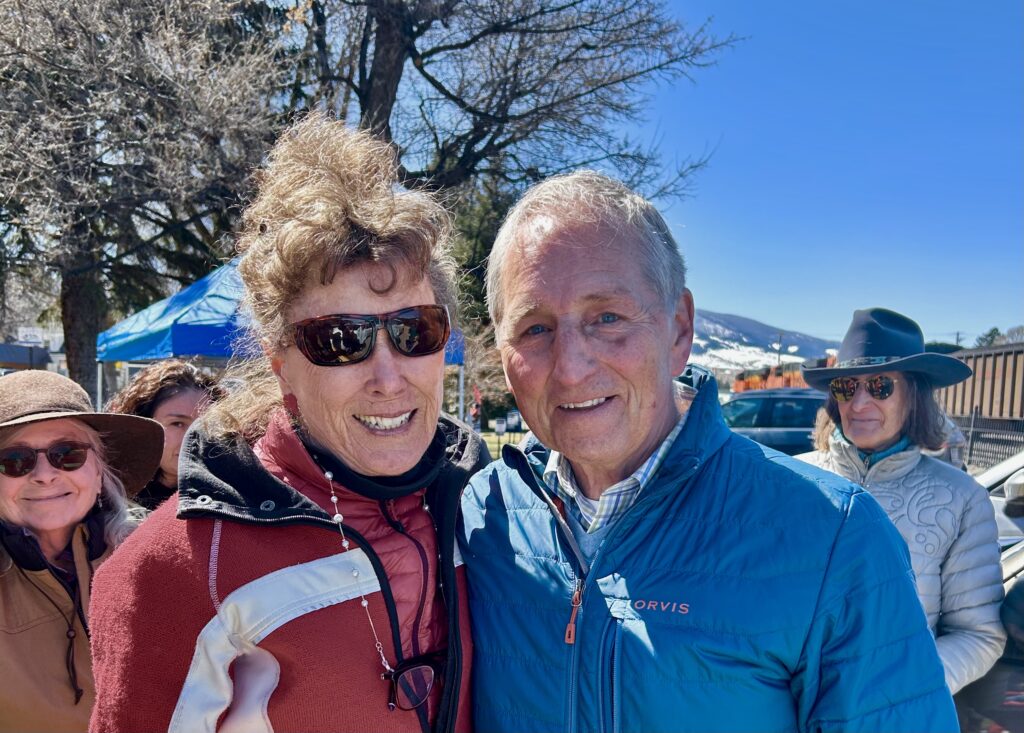EDITOR’S NOTE: On the heels of more than two dozen former staff and board members of the Greater Yellowstone Coalition calling for more robust protection of the Gallatin Mountain Range than is being proposed in a bill advanced by GYC and the Gallatin Forest Partnership, several prominent names from Park County, Montana have weighed in, too. They support more acres of wilderness protection than the Gallatin Forest Partnership, which includes The Wilderness Society and Wild Montana, is seeking. Park County, Montana represents the main historic gateway to Yellowstone National Park. Much of the Gallatin Range is situated inside its borders and wildlife health is an important driver of the local economy and identify of residents. Notably, some of the signees, below, include popular retired elected officials, former board members of Wild Montana and nationally respected wildlife and wilderness advocates.
Park County Leaders and Citizens Call for Protection of Wilderness Landscape
Most of us with long ties to Park County, Montana, cherish our landscapes and the fish and wildlife that inhabit them. We’ve hiked, camped, hunted, fished and recreated. We’ve seen firsthand the inevitable changes that come to any place over 40 or 50 years or more – in our case, growth and more roads, houses and people.
Yet, still, we have Wilderness and appreciate the wildlife that inhabit these protected areas; the clean water that the wilderness headwaters provide; the relatively undeveloped landscapes that dominate our viewsheds as we travel up Paradise Valley. We know that these protected areas are increasingly important in a time of widespread growth and increasing recreation use, when habitats are stressed from climate change, wildlife are moving in response to those changes, drought leaves more creeks dry and wildfires become more common. There is a welcome solace in knowing those Wilderness areas are there, that the whole landscape won’t be roaded and that the wild creatures will continue to have a place to live relatively free of the impacts of human mechanization.
We are dismayed with the proposed legislation (the Greater Yellowstone Conservation and Recreation Act) that reduces protections for lands eligible for Wilderness in the Gallatin Range and allow more industrial-level recreation around these and adjacent areas. Let’s face it, designating only one-third of eligible lands as Wilderness will likely lead to the remaining WSA lands being released from Wilderness protection. Instead, we should be staunchly protecting the core habitat of all Wilderness Study Areas in Montana and Wilderness areas to reduce habitat isolation, conserve biodiversity and help fish and wildlife populations flourish in the face of these stresses. These areas can help buffer the dramatic changes in land use we are seeing elsewhere.
We are dismayed with the proposed legislation (the Greater Yellowstone Conservation and Recreation Act) that reduces protections for lands eligible for Wilderness in the Gallatin Range and allow more industrial-level recreation around these and adjacent areas.
There was no real mention of climate change in promotional material for this proposal at a recent Livingston event, even though the threats posed by climate change are well known and have been noted by renowned Montana climate expert Cathy Whitlock. It’s unclear whether the plan considered the significant impacts of climate change when deciding how landscapes would be used. When asked, one spokesperson answered that was done deliberately to avoid alienating people who don’t ‘agree’ that climate change is an issue.
We were struck by a comment in a recent editorial supporting legislation where the authors acknowledged growing recreation pressure and lack of Forest Service enforcement of WSA standards, resulting in motorized recreation illegally expanding throughout the Gallatin Range in violation of Congressional mandate to maintain the wild character of the WSAs. They seem to suggest that not only should we appease recreational users by endorsing this ongoing illegal encroachment of WSAs and failure of the federal agency responsible for maintaining wilderness character, we should adopt this behavior and allow even more such recreational use. If we reward them for encroachment and failure to enforce, what’s next? Where will they go next? What will we lose next?
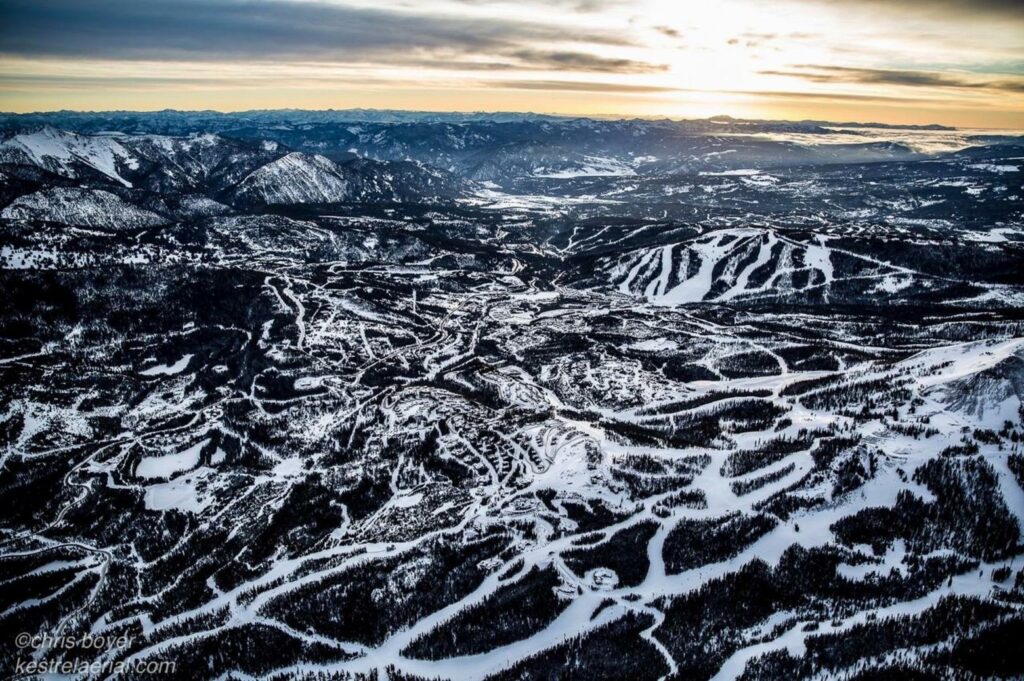
We have another perspective. Let’s not grandfather in illegal uses. Let’s stop all the illegal motorized (and other) encroachment into WSAs. Let’s restore the WSA’s wilderness character and ecological integrity. Let’s demand that the Forest Service maintain and enforce the wilderness character of these landscapes as the WSA requires. And let’s make sure that any consideration of the future of Wilderness and WSAs takes into account climate change.
We urge those proposing to permanently protect only a small part of the Gallatin’s Wilderness Study Areas to reconsider their approach, and work to protect all WSAs and roadless lands. Instead of focusing on surrounding and invading our limited wilderness landscapes with more industrial recreation, focus on the crucial value of these Wilderness areas for their biological diversity and the need to maintain all of it we can, particularly in the face of climate change.
We have been members of some Gallatin Forest Partnership organizations in the past, even serving on their boards. “Protecting Wilderness” to preserve wildlife was what many of these organization were about. We still care about Wilderness areas, which are already a very small portion of the landscape. They cannot be replaced once lost and they cannot be everything to everyone. As residents, we should not be part of the problem, but rather, part of the solution in a dramatically changing world. We should help protect what we still have.
Signed by citizens with decades-long ties to Park County, from Cooke City to Clyde Park.
- Bob Raney, Livingston – former board member of the Montana Wilderness Association, state legislator for 18 years, and former elected member of the Public Service Commission;
- Dorothy Bradley, Clyde Park – former state legislator for 16 years and candidate who nearly become Montana’s first woman governor;
- Jim Barrett, Livingston and Cooke City – former president of the Beartooth Alliance and former executive director Park County Environmental Council that successfully helped defeat the New World Mine;
- Dick Kendall, previously Big Creek – business owner, former board member of the Montana Wilderness Association;
- Dr. David Mattson, Livingston – retired noted grizzly bear and mountain lion researcher;
- Tom Murphy, Livingston – nationally-known nature photographer;
- Marilyn Olsen, Paradise Valley – registered nurse, longtime wilderness activist;
- Andrea Peacock, Paradise Valley – business owner, author;
- Doug Peacock, Paradise Valley – author, naturalist;
- Kelly Wade, Paradise Valley – business owner, co-founder Park County Environmental Council;
- Howie Wolke, Paradise Valley – retired wilderness guide/outfitter;

